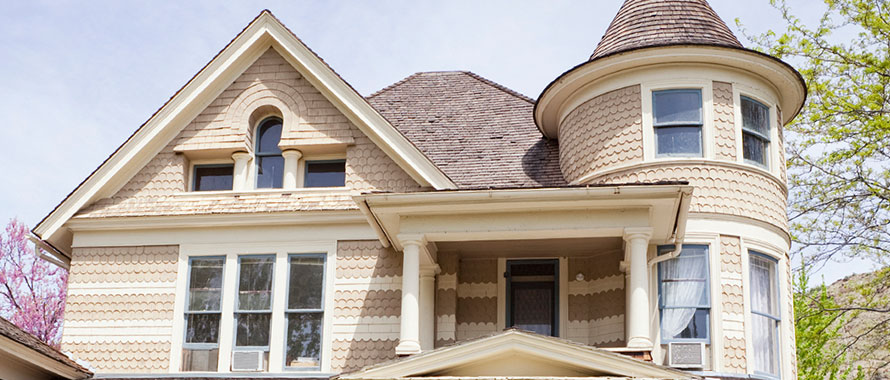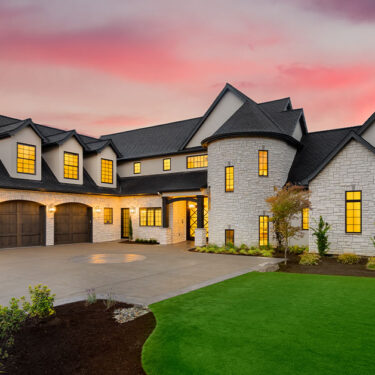Underinsuring a treasured home can be a heartbreaking mistake
Vintage homes are treasured for their charm, unique attributes and architectural details. Given their distinctive features and needs, many of these homeowners will appreciate a retail broker or agent who ensures that their policy is just as special and complete as their home.
All historic homes are not equal, and age plays a big factor in coverage needs. These classic treasures are often divided into two categories: those built before 1900, and those that were built from 1900 – 1945. The latter group will have some unique features that could be expensive to replace with period materials, like intricate moldings, wainscoting, imported paneling and other refinements. However, homes over one hundred years old will almost certainly have a great deal of one-of-a-kind architecture and materials that can be difficult to replace or restore.
“It’s important to understand what kind of coverage a historic homeowner may need,” said Bill Gatewood, Corporate Vice President and Director, Personal Insurance, Burns & Wilcox. “Retail brokers and agents need to understand all of the renovations a client has put into a home, whether its specialized labor like stained glass or millwork, or hard-to-get era-specific items. A standard policy won’t cover the replacement of those items in the event of damage or loss.”

Historic homes are often assessed at market value rather than replacement value, leaving clients underinsured. Brokers and agents should work with clients to avoid what could be a devastating discovery to find that the very thing that attracted them to their home isn’t replaceable in the event of damage.
This may also include added costs to bring historic homes up to code, including the removal of lead paint, updated plumbing or structural issues.
“It is one thing to have some antiques covered by an endorsement on a standard policy, but if the whole house is an antique, your client may need some special expertise,” Gatewood added.
While it is possible to get an endorsement on a standard policy that requires the insurance company to rebuild in accordance with today’s building code requirements, in most cases it will not be enough to restore the special characteristics of a historic home.
“It is highly recommend that brokers and agents discuss restoration coverage with their high-value-homeowners and understand the nuances,” added Gatewood. “For instance, a vintage home can take much longer for repairs than a standard home, so special policies can include coverage for expenses for alternate living arrangements. This talk needs to take place early in the buying process since the homeowners need special coverage if they are planning extensive renovations before they move in.”
In addition, historic homes are often assessed at market value rather than replacement value, leaving clients underinsured. Brokers and agents should work with clients to avoid what could be a devastating discovery to find that the very thing that attracted them to their home isn’t replaceable in the event of damage. A specialty insurance company will send restoration experts and appraisers into your client’s home before the policy is written to identify all the little details that add worth. They will also attach values to things in the house, such as antiques or art.
In addition, for those who have finished renovations long after their initial policy was written, it may be time to reassess the property and put a value on the restoration. Brokers and agents may want to talk with their clients to see what work may have been completed since their last assessment, or, if any major work is planned in the near future.
“Since there has been so much consolidation in the specialty insurance market, there are fewer carriers, which will mean more limited access to markets,” said Gatewood. “However, high-value homes are a fast growing segment and a big opportunity for retail agents and brokers. If your client’s home is valued over $1 million, there are competitive specialty products for them to consider that will meet their specific needs.”
While these policies do come at a price premium, the cost far outweighs the risk.
Buying a historic home, or any home that is more than 100 years old, is a dream of many looking for the character that only vintage real estate provides. By properly educating your clients on the need for specialty insurance on high-value or historic homes, you can save them from a potential disaster if they need to restore these unique beauties after a loss.






